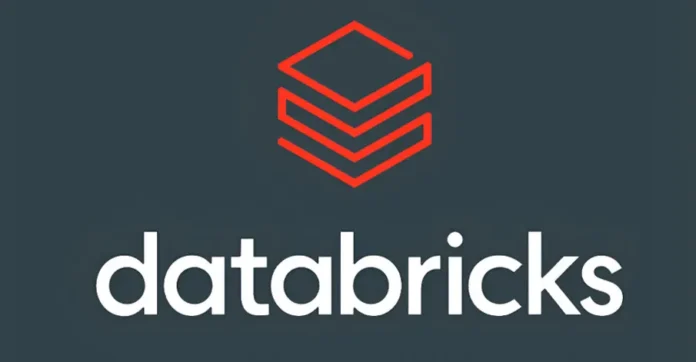
Databricks has officially entered the competitive Postgres arena with the launch of Lakebase, a fully managed, AI-native Postgres database introduced at the Data + AI Summit 2025. The move signals a bold step into operational workloads, traditionally dominated by legacy relational databases and newer cloud-native offerings.
Calling it “a new category in the database market,” Databricks CEO Ali Ghodsi said Lakebase blends the flexibility of open-source Postgres with the performance advantages of the company’s signature lakehouse architecture. “Postgres has essentially won as the lingua franca for open source databases,” Ghodsi noted, lauding the ecosystem of extensions that make it well-suited for AI-powered development.
Built on Neon’s cloud-native architecture, Lakebase offers compute-storage separation, rapid branching, usage-based pricing, and low-latency performance tailored for real-time applications. “OLTP databases today still look like the 90s… Lakebase guarantees single-digit millisecond latency at scale,” said Databricks co-founder Reynold Xin, positioning the product as a next-generation database for AI-driven workloads.
The timing of the announcement is no coincidence. Just weeks prior, Snowflake unveiled its own Postgres offering following its acquisition of Crunchy Data, underscoring a fierce battle over what both companies view as a massive emerging opportunity. “We’re tackling a massive $350 billion market opportunity,” noted Vivek Raghunathan, SVP at Snowflake.
Both Databricks and Snowflake are betting big on Postgres as the foundation for AI-native applications, providing the flexibility, developer familiarity, and extensibility needed to support the rise of intelligent software agents.
As Nikita Shamgunov of Neon aptly summarized, “We’re at the dawn of the AI software revolution,” where not only developers but AI agents themselves will build, modify, and interact with databases.
Early enterprise adopters of Lakebase already include Fivetran and Heineken, signaling strong momentum as Databricks expands its footprint beyond analytics and machine learning into transactional and real-time workloads.





